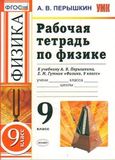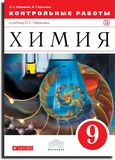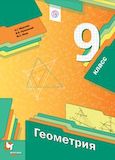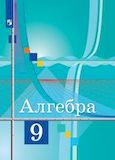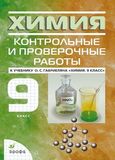Упр.1 Модуль 3e ГДЗ Spotlight 9 класс
1 О чём может быть история? Что делает её интересной? Прочитайте текст в рамке, чтобы проверить.
Истории могут быть написаны от первого лица (я/мы) или от третьего лица (он/она/они) и могут быть о реальных или мнимых событиях. Широко используется разнообразие прошедшего времени. Хорошая история включает в себя:
- введение(пункт 1), где указывается место действия (представляет героев, говорит когда/где события произошли, и т.д).
- Основная часть (пункты 2-3), которая развивает историю, представляя события в порядке их происшествия и описывая кульминацию событий (самое важное событие в истории). Слова для связи (then, as soon as, while, и т.д).... должны быть также использованы, чтобы показать последовательность событий.
- заключение (пункт 4), который говорит, что произошло в конце истории и описывает чувства и реакции героев. Чтобы сделать историю более интересной, вы должны использовать множество глаголов, прилагательных и наречий. Не используйте упрощенных слов, таких как nice, good, bad, well и т.д.
Решение #
A story can be about an unusual or interesting experience that happened to you or someone else. (История может быть о необычном или интересном опыте, что произошло с вами или кем-то еще).
An interesting story has a variety of verbs, adjectives and adverbs. (Интересная история имеет множество глаголов, прилагательных и наречий).
Приведем выдержку из задания из учебника Юлия Ваулина, Джунни Дули 9 класс, Просвещение:
1 What can a story be about? What makes it interesting? Read the box to check.
Stories can be written in the first person (I/we) or the third person (he/she/they) and can be about real or imaginary events. A variety of past tenses are used. A good story includes: an introduction (Para 1) that sets the scene (introduces the characters, says when/where the events happened, etc.) a main body (Paras 2-3) that develops the story, giving the events in the order they happened and describing the climax event (the most important event in the story). Appropriate linking words (then, as soon as, while, etc.)... should be used to show the sequence of events, a conclusion (Para 4) that says what happened at the end of the story and describes the characters' feelings and reactions. To make your story more interesting, you should use a variety of verbs, adjectives and adverbs. Do not use simplistic ones like nice, good, bad, well, etc.
Популярные решебники 9 класс Все решебники
*размещая тексты в комментариях ниже, вы автоматически соглашаетесь с пользовательским соглашением
